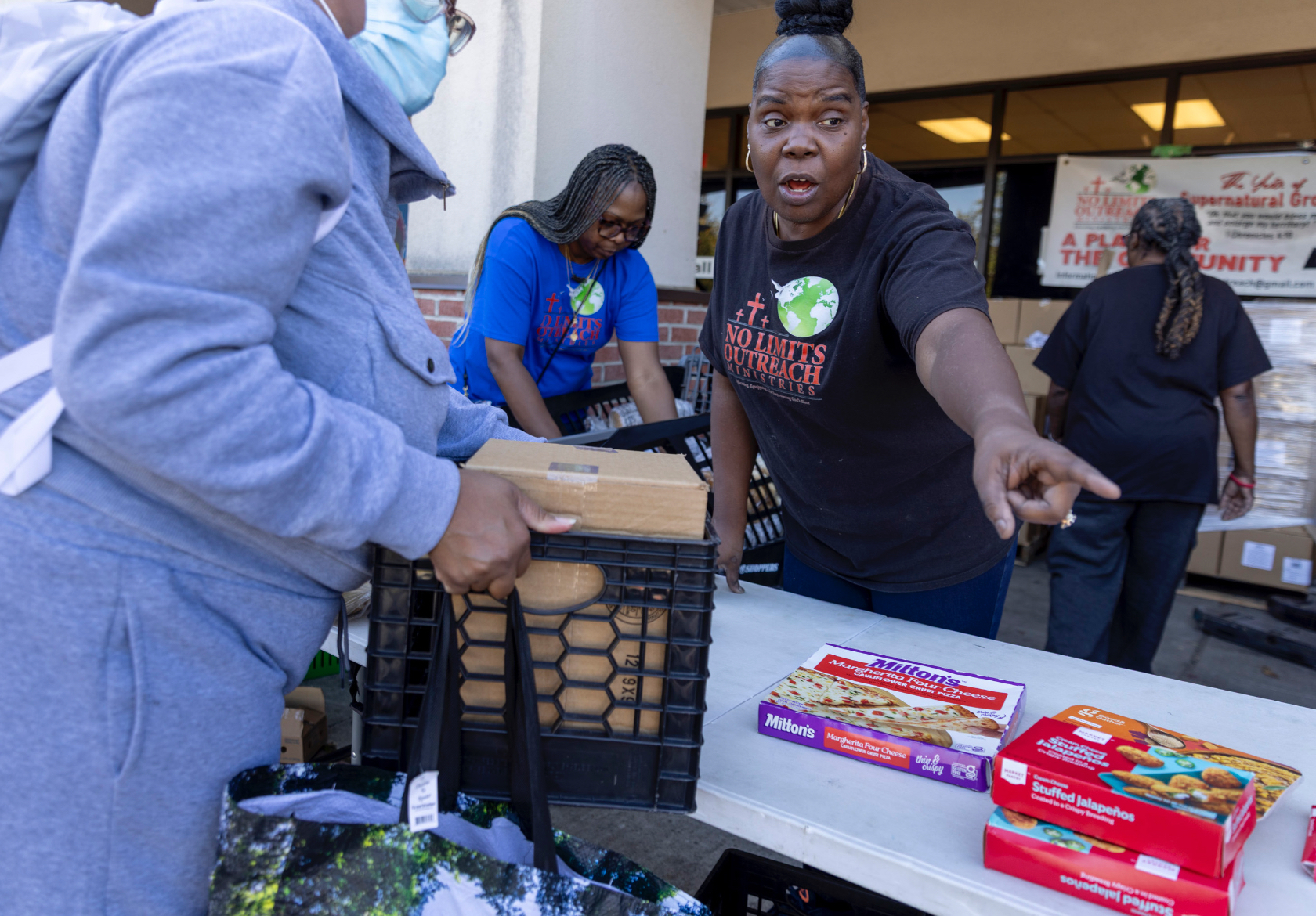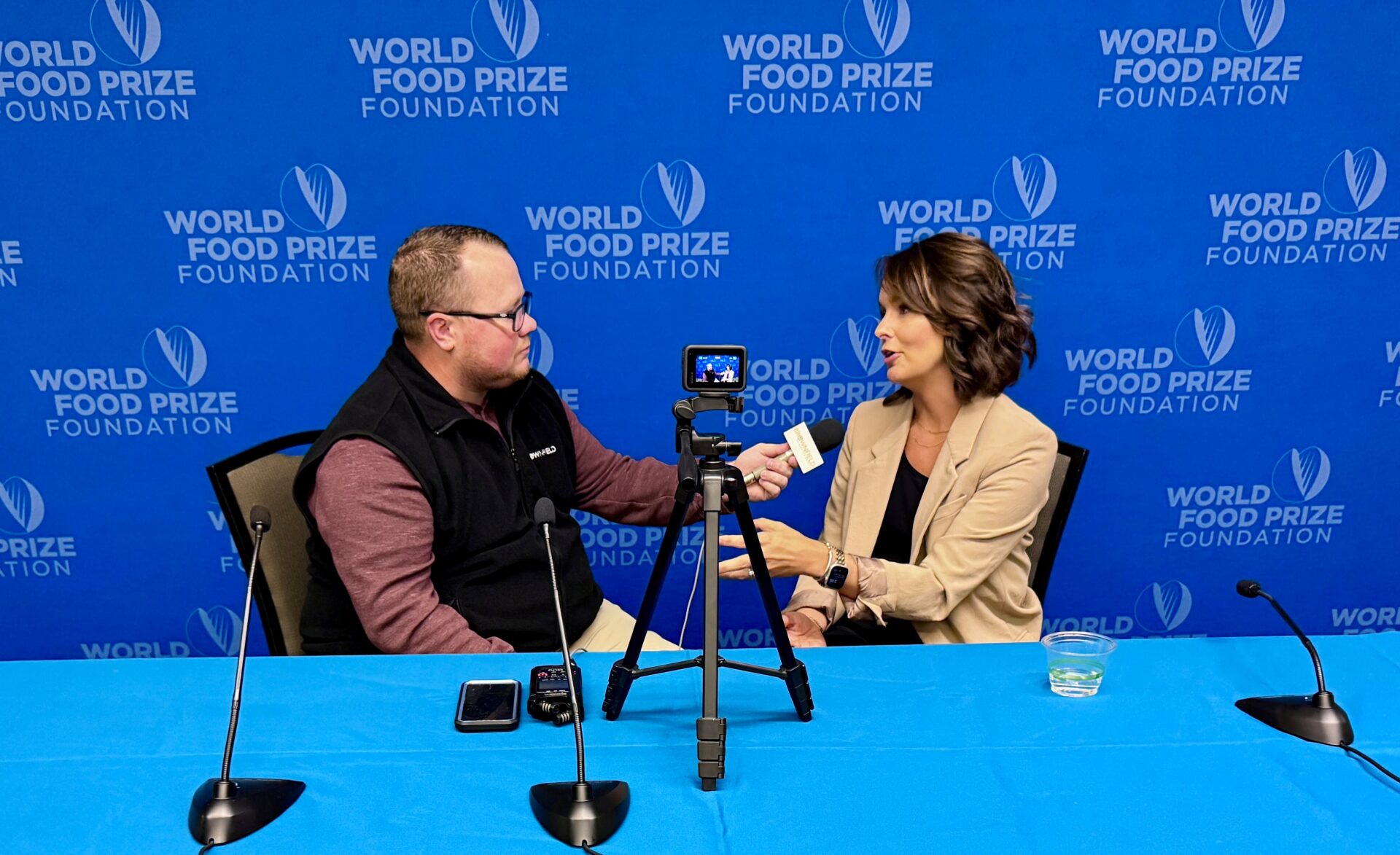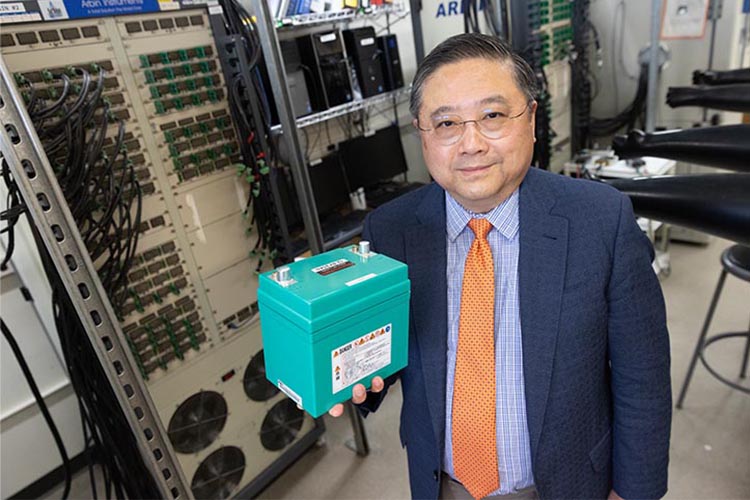Syngenta’s PROAgricultor Initiative: Advancing Sustainable Development Goals in Agriculture
Executive Summary
A report on Syngenta’s digital education platform, PROAgricultor, which aims to enhance agricultural productivity while reducing environmental impact. The initiative directly supports multiple United Nations Sustainable Development Goals (SDGs) by integrating training, technology, and sustainable farming practices. The platform is designed to attract younger generations to the agricultural sector and ensure its long-term economic and environmental viability.
Strategic Partnership for Financial Inclusion (SDG 8 & SDG 17)
A key component of the initiative is a collaboration with the Trusts Established in Relation to Agriculture (FIRA), demonstrating a commitment to SDG 17 (Partnerships for the Goals). This partnership has resulted in a new training module focused on strengthening the financial literacy of producers, which directly contributes to SDG 8 (Decent Work and Economic Growth).
- Module Title: “Sowing the future in 1-2-3: Finance for agriculture.”
- Methodology: The “Theory of Three” is introduced to help farmers plan resources, protect investments, and grow their businesses sustainably.
- Objective: To empower producers to make better economic decisions, ensure the viability of agricultural projects, and build a stronger economic future for rural communities.
Fostering Quality Education and Innovation (SDG 4 & SDG 9)
The PROAgricultor platform serves as a vital tool for advancing SDG 4 (Quality Education) by providing accessible, certified training to agricultural workers. It also promotes SDG 9 (Industry, Innovation, and Infrastructure) through the integration of modern digital technologies into farming practices.
- Technological Integration: The platform facilitates the use of digital tools such as drones and satellite technology for monitoring plant health, optimizing nutrient use, and managing fields remotely.
- Comprehensive Curriculum: Nine interactive modules cover a range of topics essential for modern, sustainable agriculture.
- Formal Certification: Each course concludes with an assessment and provides a certification, which is slated to receive endorsement from Mexico’s Ministry of Labor and Social Welfare.
Promoting Sustainable Production and Environmental Stewardship (SDG 2, SDG 12, SDG 13, SDG 15)
The initiative is fundamentally aligned with addressing environmental challenges while increasing agricultural yields. This dual focus supports SDG 2 (Zero Hunger) by improving food security and SDG 12 (Responsible Consumption and Production) by promoting resource efficiency. The program’s emphasis on climate-resilient practices contributes to SDG 13 (Climate Action) and SDG 15 (Life on Land).
Key training areas addressing environmental goals include:
- Soil health
- Pest management
- Regenerative agriculture
- Waste management
These practices are designed to increase yields on existing farmland, thereby reducing pressure on ecosystems and mitigating risks associated with drought, water scarcity, and climate change.
Program Goals and Future Outlook
Syngenta has set ambitious long-term targets to maximize the initiative’s contribution to global sustainability goals.
- Train 18 million agricultural workers by 2030.
- Connect over 100 million hectares of farmland to its sustainability platform.
Through these objectives, the PROAgricultor program is positioned to play a crucial role in transforming Mexico’s agricultural sector into a model of sustainability, profitability, and resilience.
Analysis of Sustainable Development Goals in the Article
1. Which SDGs are addressed or connected to the issues highlighted in the article?
- SDG 2: Zero Hunger: The article focuses on improving agricultural productivity, increasing yields, and promoting sustainable farming practices to ensure food security.
- SDG 4: Quality Education: The core of the article is Syngenta’s digital education platform, PROAgricultor, which aims to provide training and strengthen the financial and agricultural skills of farmers.
- SDG 8: Decent Work and Economic Growth: The initiative aims to make agriculture a profitable and viable business, promoting economic development in rural communities and engaging new generations in the sector.
- SDG 9: Industry, Innovation, and Infrastructure: The article highlights the use of applied technology, including digital tools like drones and satellite technology, to innovate and improve agricultural practices.
- SDG 12: Responsible Consumption and Production: The program promotes sustainable farming practices, such as optimizing nutrient use and waste management, to reduce the environmental footprint of agriculture.
- SDG 13: Climate Action: By addressing challenges like drought and climate-related risks through training on resilient agricultural practices, the initiative contributes to strengthening adaptive capacity to climate change.
- SDG 15: Life on Land: The article discusses the importance of increasing yields without expanding farmland, promoting soil health, and using regenerative agriculture to reduce environmental impact and potentially reverse it.
2. What specific targets under those SDGs can be identified based on the article’s content?
- Target 2.3: By 2030, double the agricultural productivity and incomes of small-scale food producers. The article directly addresses this by aiming to “improve productivity” and make agriculture a “profitable and viable business.”
- Target 2.4: By 2030, ensure sustainable food production systems and implement resilient agricultural practices. The platform’s focus on “sustainable farming practices,” “regenerative agriculture,” and managing risks like “drought” and “water scarcity” aligns with this target.
- Target 4.4: By 2030, substantially increase the number of youth and adults who have relevant skills, including technical and vocational skills, for employment, decent jobs and entrepreneurship. The PROAgricultor platform, with its goal to “train 18 million agricultural workers by 2030” and provide certification, directly supports this target.
- Target 8.2: Achieve higher levels of economic productivity through diversification, technological upgrading and innovation. The article mentions using “applied technology,” “drones and satellite technology,” and financial education to help farmers “grow their agricultural businesses sustainably.”
- Target 9.5: Enhance scientific research, upgrade the technological capabilities of industrial sectors. The integration of “drones and satellite technology” into farming practices is a clear example of upgrading technological capabilities in the agricultural sector.
- Target 12.2: By 2030, achieve the sustainable management and efficient use of natural resources. The program’s modules on “soil health,” “pest management,” “waste management,” and the goal to “optimize nutrient use” are direct actions toward this target.
- Target 13.1: Strengthen resilience and adaptive capacity to climate-related hazards and natural disasters in all countries. The training helps producers manage “drought, water scarcity, and climate and pest-related risks,” thereby building resilience.
- Target 15.3: By 2030, combat desertification, restore degraded land and soil. The emphasis on “soil health” and “regenerative agriculture” aims to improve land quality and “increase yields without expanding farmland,” which helps restore and protect terrestrial ecosystems.
3. Are there any indicators mentioned or implied in the article that can be used to measure progress towards the identified targets?
- For Target 2.4: The article mentions a goal to “connect over 100 million hectares to its sustainability platform.” This serves as a direct indicator for the proportion of agricultural area under productive and sustainable agriculture (Indicator 2.4.1).
- For Target 4.4: The explicit goal to “train 18 million agricultural workers by 2030” is a quantifiable indicator of the number of people trained. The provision of training through a “digital education platform” also implies progress on Indicator 4.4.1 (Proportion of youth and adults with ICT skills).
- For Target 15.3: The “100 million hectares” connected to the sustainability platform can also be used as an indicator to measure the area of land under sustainable management practices, contributing to land degradation neutrality.
4. Create a table with three columns titled ‘SDGs, Targets and Indicators” to present the findings from analyzing the article.
| SDGs | Targets | Indicators |
|---|---|---|
| SDG 2: Zero Hunger | 2.4: Ensure sustainable food production systems and implement resilient agricultural practices. | Number of hectares connected to the sustainability platform (Implied by the goal of 100 million hectares). |
| SDG 4: Quality Education | 4.4: Substantially increase the number of youth and adults who have relevant skills for employment. | Number of agricultural workers trained through the digital platform (Stated goal of 18 million by 2030). |
| SDG 8: Decent Work and Economic Growth | 8.2: Achieve higher levels of economic productivity through technological upgrading and innovation. | Adoption of digital tools like drones and satellite technology; improved financial literacy leading to more profitable businesses. |
| SDG 9: Industry, Innovation, and Infrastructure | 9.5: Upgrade the technological capabilities of industrial sectors. | Use of drones and satellite technology for remote field management. |
| SDG 12: Responsible Consumption and Production | 12.2: Achieve the sustainable management and efficient use of natural resources. | Implementation of practices for optimized nutrient use and waste management. |
| SDG 13: Climate Action | 13.1: Strengthen resilience and adaptive capacity to climate-related hazards. | Number of producers trained to manage climate-related risks like drought and water scarcity. |
| SDG 15: Life on Land | 15.3: Combat desertification, restore degraded land and soil. | Area of land under sustainable management practices, such as regenerative agriculture and soil health improvement (Implied by the 100 million hectare goal). |
Source: mexicobusiness.news






